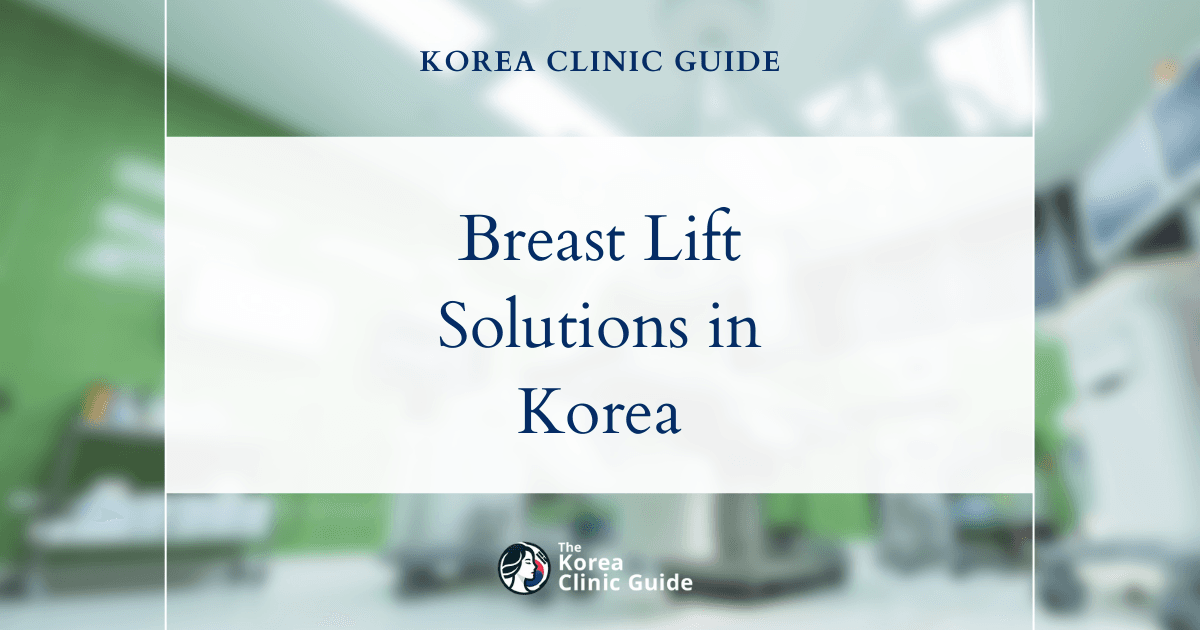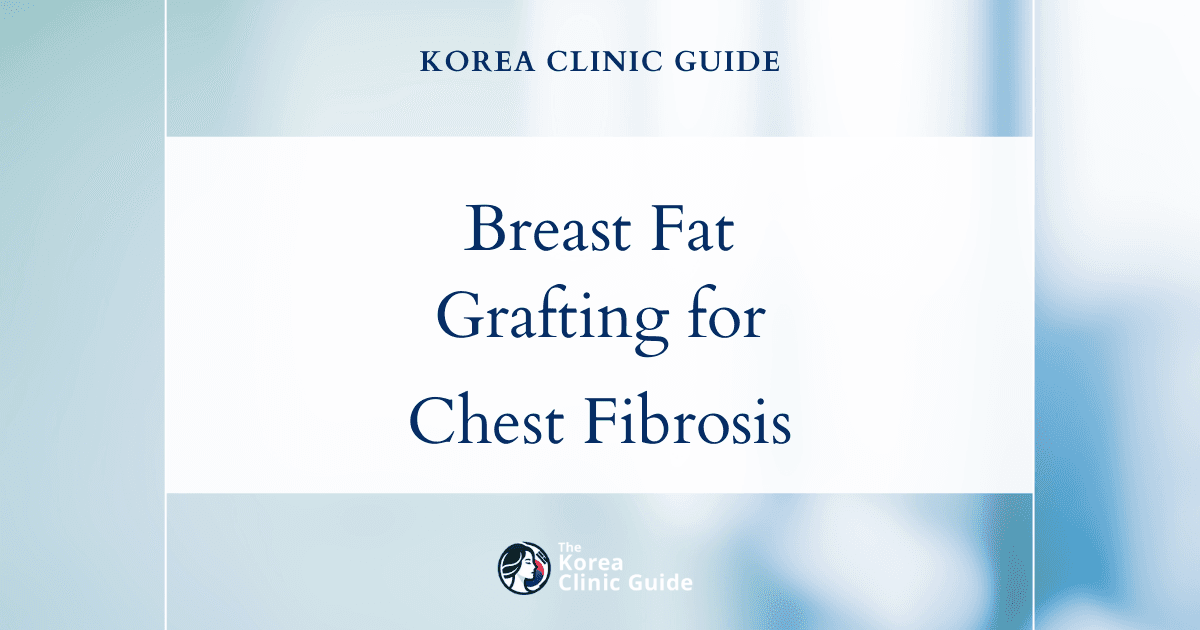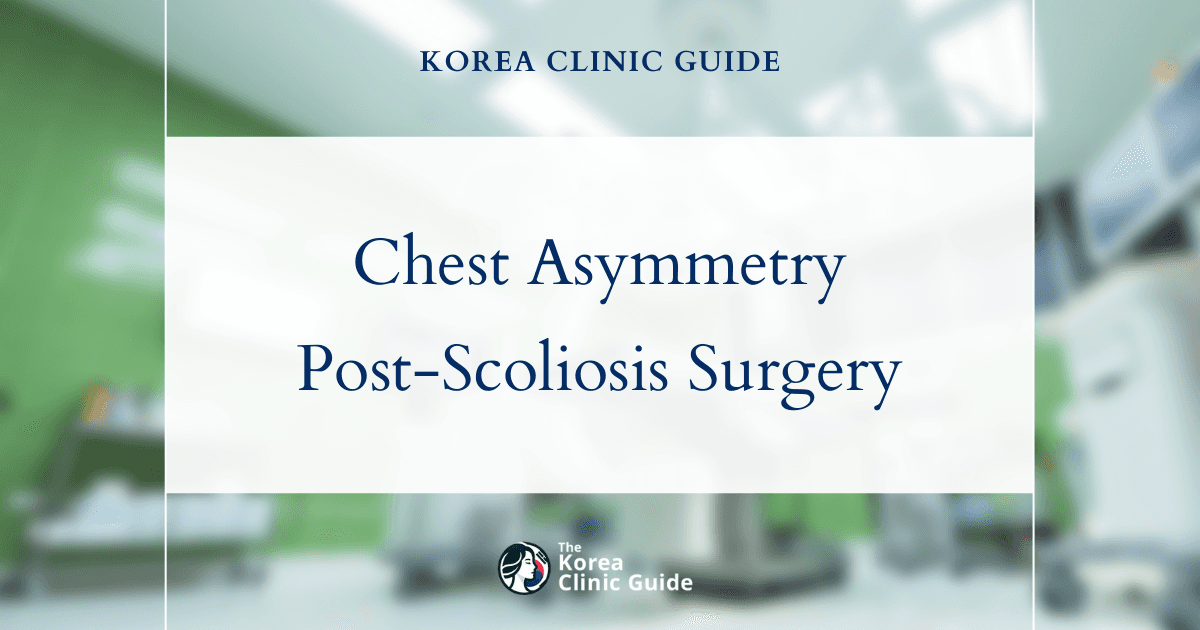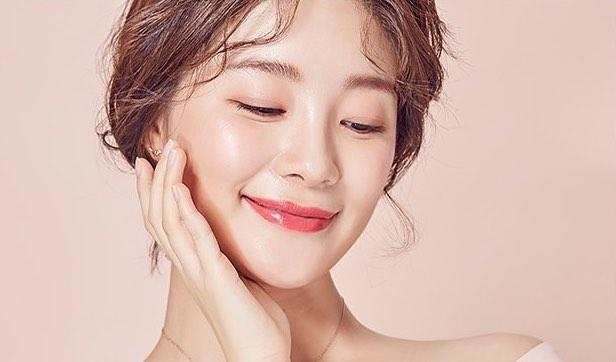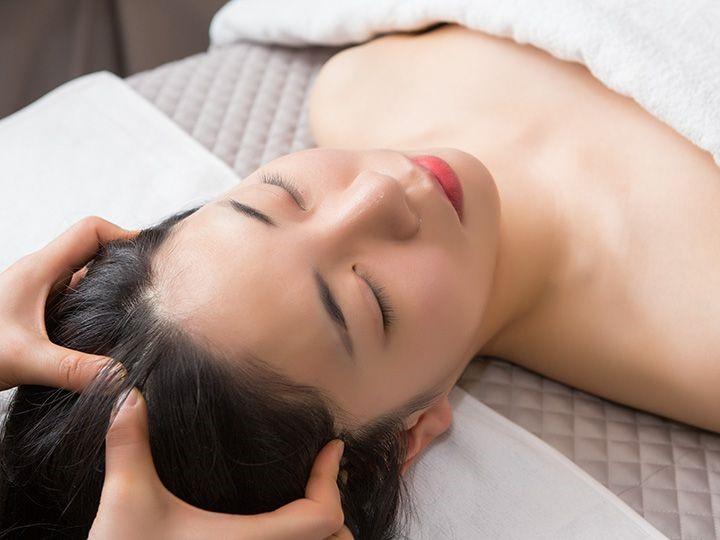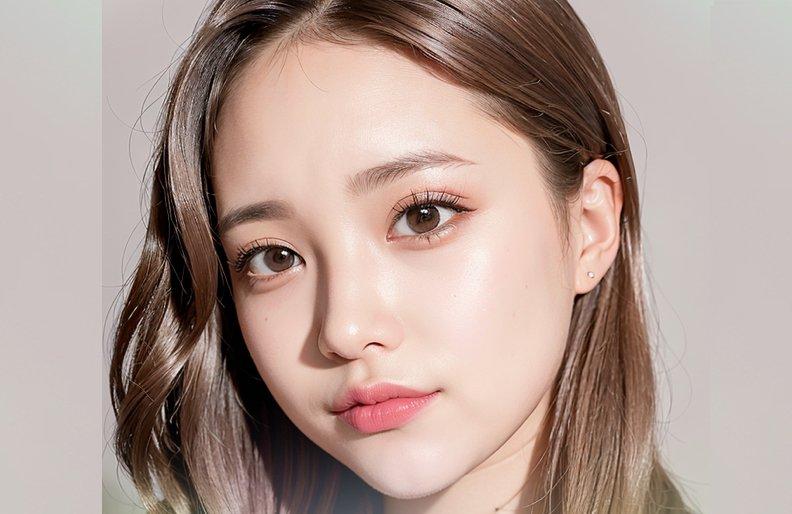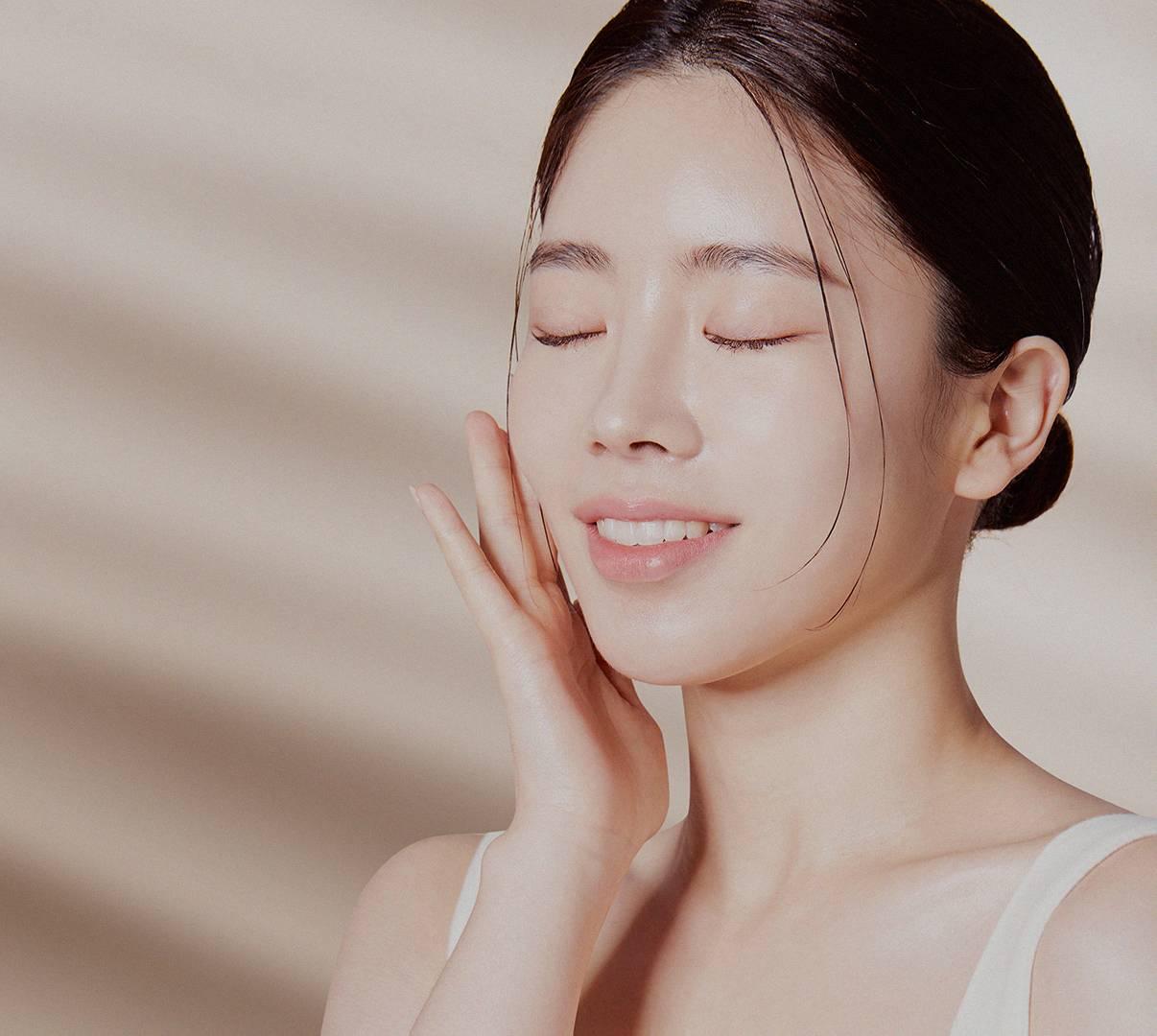Medical Tourism Blog
Scarred Areola Solutions: Areola Tattoo Procedures in Korea for Natural Restoration

Table of contents
- Areola Tattooing: A Detailed Look at the Procedure
- Best Clinics in Korea for Scarred Areola
- The Process of Getting an Areola Tattoo in South Korea
- Costs and Value: Areola Tattooing in South Korea vs. Other Countries
- Patient Experiences: Restoring Wholeness and Confidence
- Conclusion
- References
Many people notice visible changes in their areola, often describing them as "scarred." These changes can result from medical conditions, injuries, or surgeries like breast reconstruction. For those looking to restore the natural look of their areola and regain a sense of body completeness, areola tattooing has become a popular and transformative option. This guide offers clear, evidence-based information about what "scarred areola" means and explores the "Areola Tattoo" procedure. We’ll cover the medical background, the tattooing process, costs, and the impact on patients’ lives—helping you make informed decisions and have confident conversations with your healthcare provider.
The term "scarred areola" is usually a patient’s way of describing visible changes, not a formal medical diagnosis. There are several reasons why the areola might look scarred.
Actual Scarring: This happens directly from physical trauma or surgery.
- Keloid and Hypertrophic Scars: These raised scars can form after injuries or surgeries, like breast surgery or nipple piercings. Keloids grow beyond the original wound, while hypertrophic scars stay within the injury site.
Dermatological Conditions: Some skin disorders can change the texture or color of the areola, making it look scarred.
- Hyperkeratosis of the Nipple and Areola: This rare, benign condition causes thickening and darkening of the nipple or areola. It can be idiopathic (no known cause) or secondary to other skin issues. Sometimes, psychological factors lead to neglect in cleaning the area, worsening the condition. Hyperkeratosis usually doesn’t go away on its own.
- "Crusted Nipple and Areola" / "Neglected Nipples": These terms refer to hyperkeratosis with dark, crusty plaques, often from avoiding cleaning the area, sometimes due to psychological reasons.
- Eczema or Psoriasis: These chronic skin conditions can cause scabbing, flaking, and irritation, which may be mistaken for scarring.
Other Causes of Scabs or Irritation: If not managed well, these can lead to scarring.
- Breastfeeding: Up to 90% of breastfeeding women experience nipple pain and cracks, which can cause scabs.
- Friction/Abrasion: Tight clothing, sports bras, or suction devices can irritate the areola, leading to scabs.
- Drug-Induced Changes: Some medications, like estrogens, spironolactone, or certain cancer drugs, have been linked to hyperkeratosis.
- Hormonal Influences: Hyperkeratosis can appear during puberty or pregnancy, often improving after delivery.
Serious Medical Conditions (Need Immediate Attention):
- Paget's Disease of the Nipple: This rare breast cancer can cause itching, redness, flaking, crusting, thickening, a flattened nipple, or discharge. Immediate medical evaluation is crucial.
Common Pseudonyms and Related Terms: Other terms you might see include:
- "Crusted nipple and areola"
- "Neglected nipples"
- "Hyperkeratosis of the nipple and areola"
- "Keloid scars on nipple"
- Descriptive words like "disfigured," "marred," "blemished," "mutilated," "irregular," "lumpy," or "pitted"
Because causes range from harmless skin issues to serious diseases like Paget’s, it’s essential to get a professional diagnosis before considering cosmetic solutions. Internet searches can be misleading, so always consult a qualified healthcare provider first.
Table 1: Common Causes and Related Terms of "Scarred Areola"
| Patient Description | Potential Underlying Conditions | Key Characteristics | Implications |
|---|---|---|---|
| "Scarred Areola" | Keloid/Hypertrophic Scars | Raised, prominent scars, may extend beyond injury site | Cosmetic concern, psychological distress |
| Hyperkeratosis of Nipple/Areola | Warty thickening, increased pigmentation, may be idiopathic or secondary | Cosmetic concern, psychological distress, possible functional issues | |
| "Crusted Nipple and Areola" / "Neglected Nipples" | Dark, crusty plaques, often from lack of cleaning | Cosmetic concern, psychological distress | |
| Scabs from Breastfeeding/Friction | Crusting, irritation, possible infection | Discomfort, risk of secondary scarring | |
| Paget's Disease of the Nipple | Itching, redness, flaking, thickening, discharge | Needs immediate medical diagnosis (breast cancer) |
This table helps clarify the many possible causes behind the term "scarred areola" and underscores the importance of professional evaluation, especially to rule out serious conditions like Paget’s disease.

Areola Tattooing: A Detailed Look at the Procedure
Areola tattooing—also called nipple areola micropigmentation, medical tattooing, or paramedical tattooing—involves implanting pigment into the skin using fine, sterile needles.
What is Areola Tattooing? The main goal is to improve the look of the breast, especially after surgeries like breast reconstruction. It’s also used for naturally asymmetrical or irregular areolas, helping create a balanced, natural appearance.
Paramedical tattooing is a specialized form of permanent makeup that restores color to the skin, often after surgery, burns, or skin conditions. It’s usually performed by licensed medical professionals, setting it apart from general cosmetic tattooing.
Techniques Used:
- 3D Areola Tattooing (Areola Restoration): This advanced technique uses blended pigments and shading to create a realistic, three-dimensional look, even though the area remains flat. Practitioners carefully match color, size, and symmetry for a natural effect.
- Recoloration: Used to lighten or darken the areola to match personal preferences.
- Symmetry Correction: Focuses on making both areolas the same size and shape.
- Scar Camouflage (Scar Micropigmentation): Pigments matched to your skin tone are used to cover scars around the areola. Scars should be fully healed (9-12 months old), smooth, and without dark edges for best results.
- Difference from 4D Nipple Reconstruction: 3D tattooing creates a visual illusion of depth, while 4D nipple reconstruction is a surgical procedure that adds physical depth and sensation.
Benefits for Patients:
- Aesthetic Enhancement: Restores a natural-looking nipple and areola, matching the other side or allowing for custom choices.
- Minimizes Scar Appearance: Camouflages surgical scars, blending them into the new areola.
- Non-Surgical Solution: Offers restoration without more surgery, reducing pain, stress, and costs.
- Long-Lasting Results: High-quality pigments can last for years.
- Emotional and Psychological Healing: Many patients, especially breast cancer survivors, find this procedure helps them feel whole again and boosts self-confidence.
The artistry involved is crucial—meticulous blending and shading create a realistic look. High patient satisfaction is closely linked to the practitioner’s artistic skill, so it’s important to review portfolios and choose certified, experienced providers.
Potential Risks and Considerations:
- Semi-Permanent Nature and Fading: Tattoos fade over time, requiring touch-ups every 12–18 months or so.
- Infection: There’s a 2.2% infection rate, higher in patients with implant-based reconstruction or prior radiation.
- Color Matching Challenges: Skin type, medications, and lifestyle can affect the final color. Topical anesthetics may also impact color.
- Allergic Reactions: Patch tests are done, but can’t guarantee no future allergies.
- Scar Tissue Limitations: Tattooing can’t fully disguise very bumpy or raised scars.
- MRI Safety: Areola tattoos are generally safe for MRI scans, with no known negative effects.
Best Clinics in Korea for Scarred Areola
Listed below are the best clinics in Korea for scarred areola:
| Clinic Name | Key Features | Special Techniques |
|---|---|---|
| Seojin Plastic Surgery Clinic | Located in Gangnam, Seoul; Led by Dr. Lee Hyungmin with 16+ years experience; One-doctor clinic ensuring personalized care; Cutting-edge technology including 3D imaging and high-definition endoscopy; Recognized among Korea’s 100 Good Doctors; Comprehensive breast and areola procedures; Emphasis on natural-looking results and patient safety | Advanced breast surgery; Hair transplantation; Body sculpting; Expertise in treating scarred areola with tailored solutions |
| Dao Clinic | Prime location in Myeongdong near Myeongdong Station; Specialized dermatology clinic for international patients, especially Japanese; Japanese-speaking consultants; Comprehensive advanced aesthetic procedures; Commitment to personalized care and multilingual support | State-of-the-art laser treatments including Fraxel and CO2 for scar resurfacing; Semi-permanent areola treatments restoring natural appearance |
| Ami Skin Clinic - Gangnam Branch | Located at Sinnonhyeon Station, Gangnam; Advanced skincare and aesthetic treatments; Individualized treatment plans; Latest technology and techniques; Focus on pigmentation, scarring, and skin rejuvenation; Comfortable and welcoming environment | Ultherapy; HydraFacial; LED light therapy; Injectables including dermal fillers and Botox; Treatments for scarred areola, facial contouring, and non-invasive body sculpting |
Seojin Plastic Surgery Clinic
Seojin Plastic Surgery Clinic, located in the vibrant district of Gangnam, Seoul, stands out as a premier destination for those seeking expert care in aesthetic medicine. Led by Dr. Lee Hyungmin, a renowned surgeon with over 16 years of experience and recognized as one of Korea’s 100 Good Doctors, the clinic is dedicated to delivering highly personalized and comprehensive care. As a one-doctor clinic, Seojin ensures that every patient receives Dr. Lee’s undivided attention from consultation through to recovery, fostering a sense of trust and comfort. The clinic is equipped with cutting-edge technology, including 3D imaging and high-definition endoscopy, to provide safe, precise, and natural-looking results. Specializing in advanced breast surgery, hair transplantation, and body sculpting, Seojin Plastic Surgery Clinic is especially well-regarded for its expertise in treating scarred areola, offering tailored solutions that restore both appearance and confidence.
Why Seojin Plastic Surgery Clinic is the Best Choice for Scarred Areola:
- Direct, end-to-end care from Dr. Lee Hyungmin, ensuring a personalized and attentive treatment experience.
- Over 16 years of specialized experience in breast and areola surgery, including complex scar revision cases.
- Recognized excellence, with Dr. Lee named among Korea’s 100 Good Doctors for his skill and dedication.
- Advanced technology such as 3D imaging and high-definition endoscopy for precise assessment and optimal outcomes.
- Comprehensive range of breast and areola procedures, allowing for customized solutions to each patient’s unique needs.
- Emphasis on natural-looking results and patient safety, with meticulous surgical techniques and thorough follow-up care.
- Conveniently located in Gangnam, Seoul, providing easy access for both local and international patients seeking expert care.
You can check out their website here: Seojin Plastic Surgery Clinic Website
Dao Clinic
Dao Clinic stands out as the premier destination for treating scarred areola in Korea, thanks to its prime location in the heart of Myeongdong—just steps from Myeongdong Station—and its reputation as a specialized dermatology clinic catering to international patients, especially those from Japan. With a team of Japanese-speaking consultants and years of experience addressing the unique needs of Japanese clientele, Dao Clinic ensures a comfortable and seamless experience for visitors. The clinic offers a comprehensive range of advanced aesthetic procedures, including state-of-the-art laser treatments like Fraxel and CO2 for scar resurfacing, as well as semi-permanent areola treatments that restore natural appearance and confidence. Dao Clinic’s commitment to personalized care, cutting-edge technology, and multilingual support makes it the best choice for anyone seeking expert treatment for scarred areola in Korea.
Find more about this clinic here: Dao Clinic Website
Ami Skin Clinic - Gangnam Branch
Ami Skin Clinic, conveniently located in the heart of Gangnam at Sinnonhyeon Station, is a leading destination for advanced skincare and aesthetic treatments in Seoul. The clinic offers a comprehensive range of procedures, including state-of-the-art laser treatments, chemical peels, microneedling, and specialized care for various skin concerns. With a focus on individualized treatment plans, Ami Skin Clinic utilizes the latest technology and techniques to address issues such as pigmentation, scarring, and skin rejuvenation, ensuring optimal results for every patient.
The expert medical team at Ami Skin Clinic is committed to providing high-quality, personalized care in a comfortable and welcoming environment. Whether you are seeking solutions for scarred areola, facial contouring, or non-invasive body sculpting, the clinic’s diverse offerings—such as Ultherapy, HydraFacial, LED light therapy, and injectables like dermal fillers and Botox—are tailored to meet your unique needs. At Ami Skin Clinic, patients can expect professional guidance and effective treatments designed to help them achieve their aesthetic goals with confidence.
Find more about this clinic here: Ami Skin Clinic - Gangnam Branch Website
The Process of Getting an Areola Tattoo in South Korea
South Korea is renowned for its expertise in aesthetic dermatology and cosmetic tattooing, offering high standards of artistry and hygiene. Clinics are staffed by skilled paramedical tattoo artists and dermatologists, and many offer English-speaking support for international patients. Prices are often lower than in the U.S. or Europe, and foreign patients can get VAT refunds.
Step-by-Step Guide:
Initial Consultation and Preparation:
- Choosing a Clinic: Research certified clinics with strong reviews. Many offer free consultations.
- Pre-Appointment Timing: Schedule your consultation 1–2 days before the procedure, especially if a patch test is needed.
- Discussion and Assessment: A specialist will assess your suitability, discuss your goals, and take digital images.
- Pigment Selection: You’ll help choose the pigment color. For one-sided tattoos, the goal is to match the existing areola; for both sides, you can choose your preferred look.
- Patch Test: A small amount of pigment is applied to check for allergies.
- Medical Readiness: Ensure the area is fully healed (usually 3–12 months after surgery) and you’ve recovered from any treatments.
- Medication and Lifestyle Adjustments: You may be prescribed antibiotics before the procedure. Continue regular medications unless told otherwise, and avoid certain substances as advised.
- Day of Procedure: Shower, but don’t apply lotions or creams. Wear loose clothing and arrive on time.
- Consent: You’ll sign a consent form before the procedure.
During the Procedure:
- Patient Comfort and Anesthesia: Most patients feel only pressure or vibration. If needed, a local anesthetic cream may be used, but it can affect color.
- Tattoo Application: The practitioner uses a tattoo machine to apply pigment and shading for a 3D effect.
- Duration: Each areola takes about 30–40 minutes; the whole appointment is usually 90 minutes.
Post-Procedure Care and Follow-up:
- Immediate Aftercare: Expect minor bleeding and swelling. Ointment and a dressing are applied.
- Dressing Removal: Keep the dressing on for at least 24 hours (up to 4 days if waterproof).
- Home Aftercare: Don’t pick at scabs. Apply a non-scented lotion daily for about 2 weeks.
- Activity Restrictions: Avoid strenuous activity and swimming for 1–2 weeks. Don’t apply cosmetics or expose the area to sunlight until healed.
- Pain Management: Over-the-counter painkillers like acetaminophen or ibuprofen are usually sufficient.
- Follow-up Appointments: You’ll have follow-ups at 7–10 days and again at 6–8 weeks. Touch-ups may be needed.
- Maintenance: Touch-ups are needed every 12–18 months or every few years.
Table 2: Key Steps in the Areola Tattoo Procedure and Aftercare
| Phase | Key Actions | Important Considerations |
|---|---|---|
| Consultation & Preparation | Research clinic, schedule consultation, discuss goals, choose pigment, patch test, ensure healing, adjust medications, prepare for procedure, sign consent | Healing time, realistic expectations, communication, allergy test |
| During Procedure | Comfort measures, tattoo application (3D shading), 30–40 min per areola | Sensation may be reduced; anesthetic can affect color; artistic skill is key |
| Post-Procedure & Follow-up | Aftercare (ointment, dressing), dressing removal, home care (no picking, apply lotion), activity restrictions, pain management, follow-ups, plan for touch-ups | Scabbing is normal; follow aftercare to prevent infection and preserve results; pigment settles at 6–8 weeks; maintenance needed |
This table breaks down the process into manageable steps, helping you prepare and set realistic expectations for recovery and maintenance.
Costs and Value: Areola Tattooing in South Korea vs. Other Countries
South Korea combines advanced techniques with competitive pricing, making it a top choice for areola tattooing.
Typical Costs in South Korea:
- Unilateral Areola Tattoo (One Side): 300,000–600,000 KRW ($220–$450 USD), including consultation, pigment matching, the session, and aftercare.
- Bilateral Areola Tattoo (Both Sides): 600,000–1.2 million KRW ($450–$900 USD), ideal for post-mastectomy or full reshaping.
- Additional Considerations: Prices vary by case complexity and clinic reputation. Foreign patients can get VAT refunds.
Comparative Costs for Medical Tourists:
- South Korea: Unilateral $220–$450, Bilateral $450–$900
- United States: One nipple $350–$800, both $600–$1,200
- Canada: 3D Areola/Nipple Re-Pigmentation ~$1,550–$1,950; lower estimates from $300 (unilateral) and $500 (bilateral)
- United Kingdom: Specific tattoo costs not available; areola reduction surgery is about £4,000 (~$5,360 USD), but this is a surgical procedure, not tattooing
South Korea generally offers lower prices than the U.S. and Canada, with high standards of care and artistry.
Insurance Coverage: In the U.S., insurance often covers areola tattooing for breast cancer survivors when done by a certified professional. Most insurance plans cover paramedical tattooing.
Table 3: Comparative Costs of Areola Tattooing (South Korea vs. USA, UK, Canada)
| Country | Procedure | Cost Range (USD) | Notes |
|---|---|---|---|
| South Korea | Areola Tattooing (Unilateral) | $220–$450 | Includes consultation, pigment matching, session, aftercare. VAT refunds for foreigners. |
| Areola Tattooing (Bilateral) | $450–$900 | For post-mastectomy, gender-affirming surgery, or full reshaping. | |
| United States | 3D Areola Tattoo (One Nipple) | $350–$800 | Insurance often covers for medical reasons. |
| 3D Areola Tattoo (Both Nipples) | $600–$1,200 | Varies by region and artist. | |
| Canada | 3D Areola/Nipple Re-Pigmentation | ~$1,550–$1,950 | Higher estimates for comprehensive work. |
| 3D Areola Tattoo (Unilateral) | From $300 | Lower estimates, varies by provider. | |
| 3D Areola Tattoo (Bilateral) | From $500 | Lower estimates, varies by provider. | |
| United Kingdom | Areola Tattooing | N/A | Surgery costs |
This table helps you compare costs and make informed decisions, especially if considering medical tourism.
Patient Experiences: Restoring Wholeness and Confidence
Areola tattooing, or dermopigmentation of the Nipple-Areola Complex (NAC), has high satisfaction rates—often 70% to 95% or more. Patients report "good" or "excellent" results, with color matching nearly always meeting expectations. The 3D effect creates a lifelike look, even though the area is flat.
Key Benefits for Patients:
- Sense of Wholeness and Identity: Especially for breast cancer survivors, areola tattooing is a meaningful final step in healing, helping them feel whole again.
- Improved Body Image and Confidence: Restoring the natural look of the nipple and areola boosts self-esteem and body image.
- Scar Camouflage: The tattoo blends scars into the new areola, improving both appearance and comfort.
- Non-Surgical Option: Many choose tattooing to avoid more surgery, especially if they have skin issues, prior treatments, or anxiety about hospitals.
- Long-Term Impact: While touch-ups are needed, the psychological benefits are lasting.
Some challenges include natural fading (requiring touch-ups), possible infections (especially in patients with implants or prior radiation), and maintaining symmetry over time. Despite these, areola tattooing is considered safe, well-tolerated, and highly effective in helping patients reclaim their identity after cancer or surgery.
Conclusion
Addressing "scarred areola" involves understanding a range of possible causes and exploring advanced solutions like areola tattooing. Always seek a professional diagnosis first, as changes can signal serious conditions. Areola tattooing, especially the 3D technique, offers a realistic, non-surgical way to restore appearance and confidence. South Korea stands out for its quality, affordability, and patient support. With high satisfaction rates and manageable risks, areola tattooing is a valuable step for many on their journey to feeling whole again.
References
1, 2, 3, 4, 5, 6, 7, 8, 9, 10, 11, 12, 13, 14, 15, 16, 17, 18, 19, 20, 21, 22, 23, 24, 25, 26, 27
